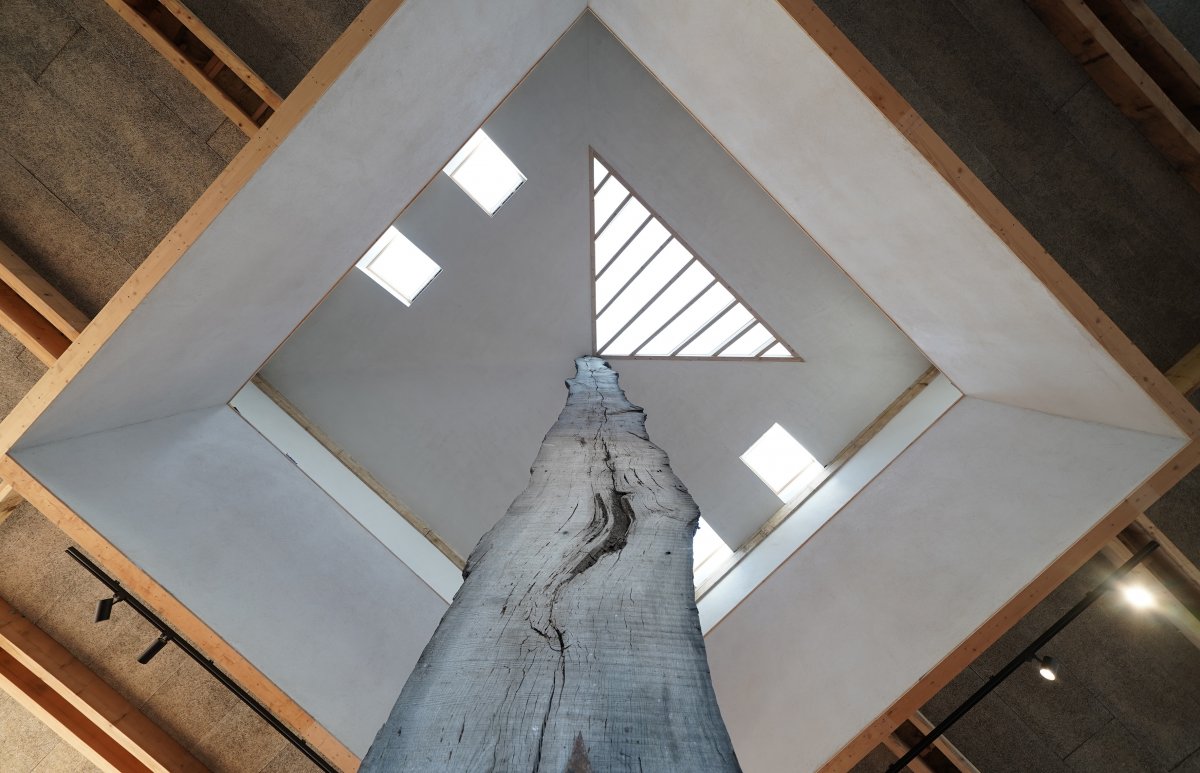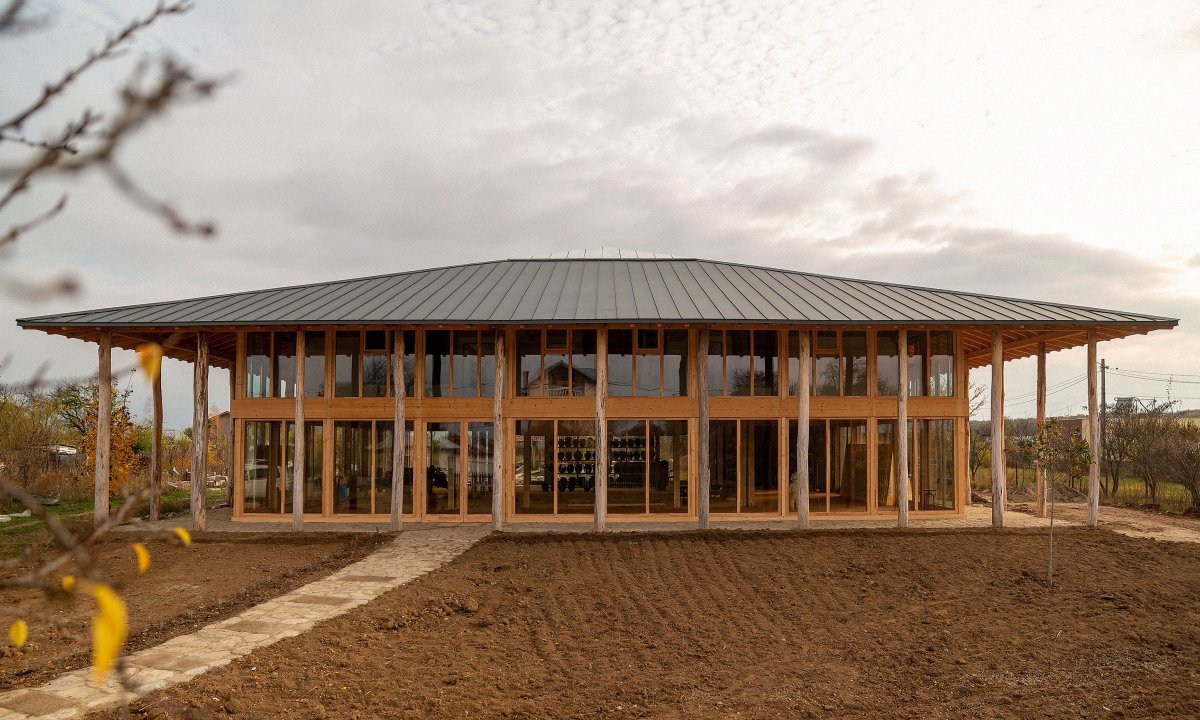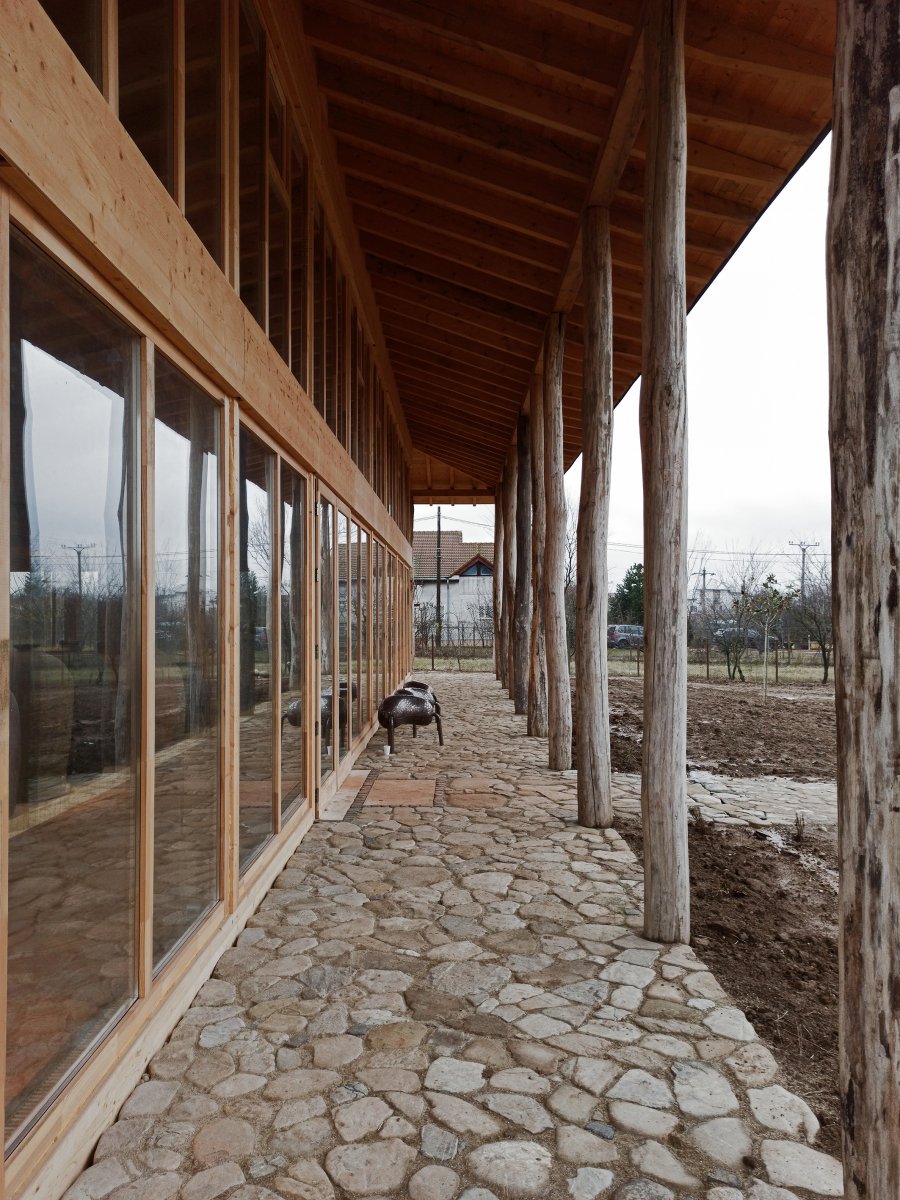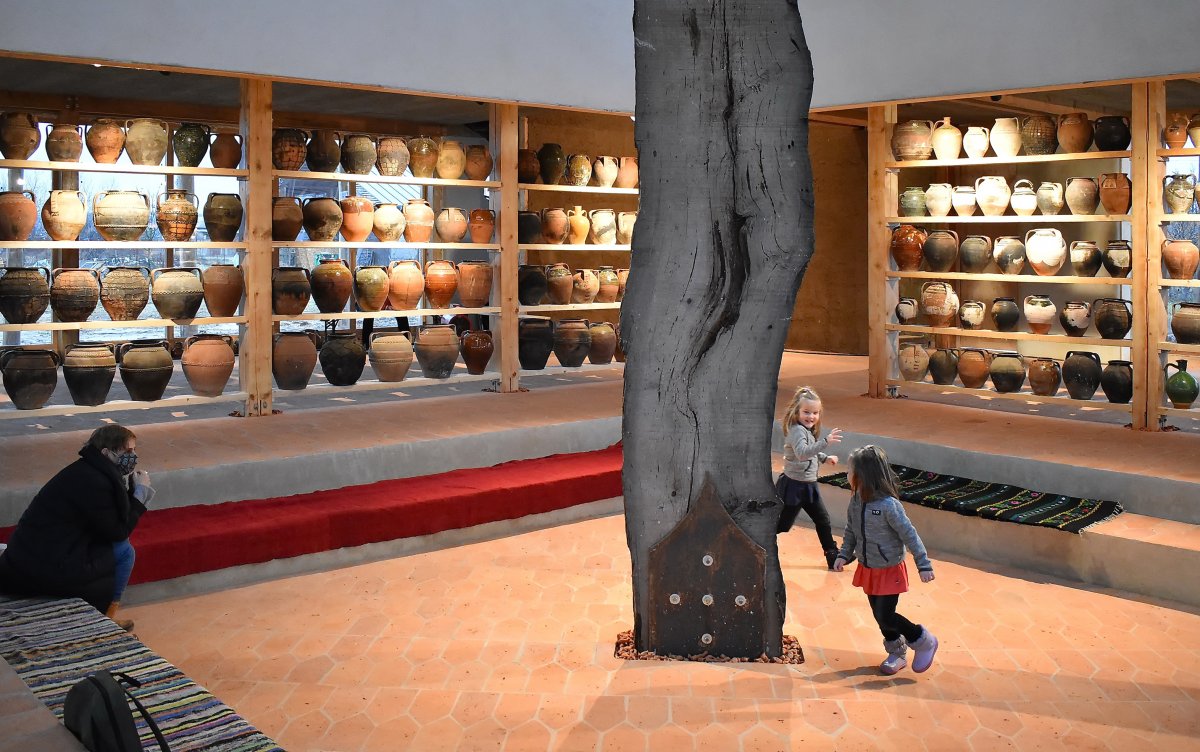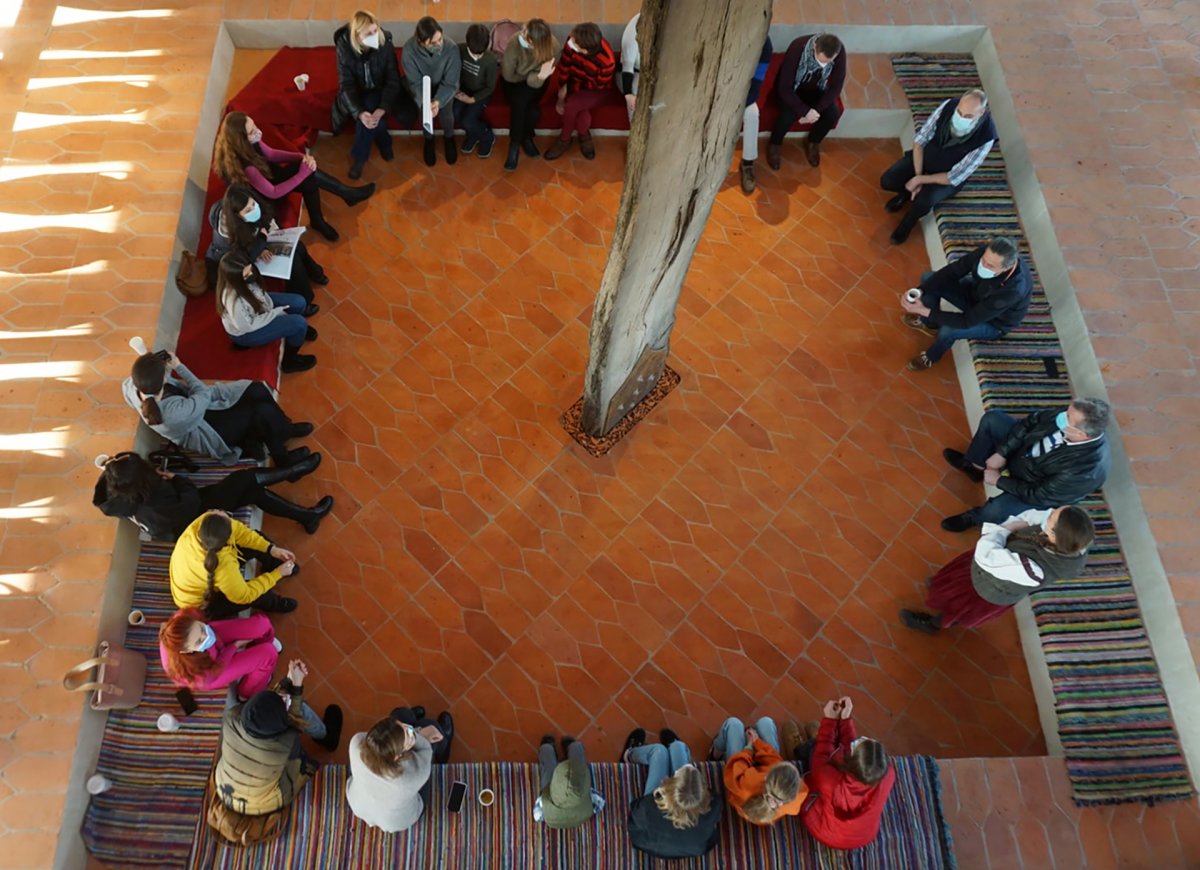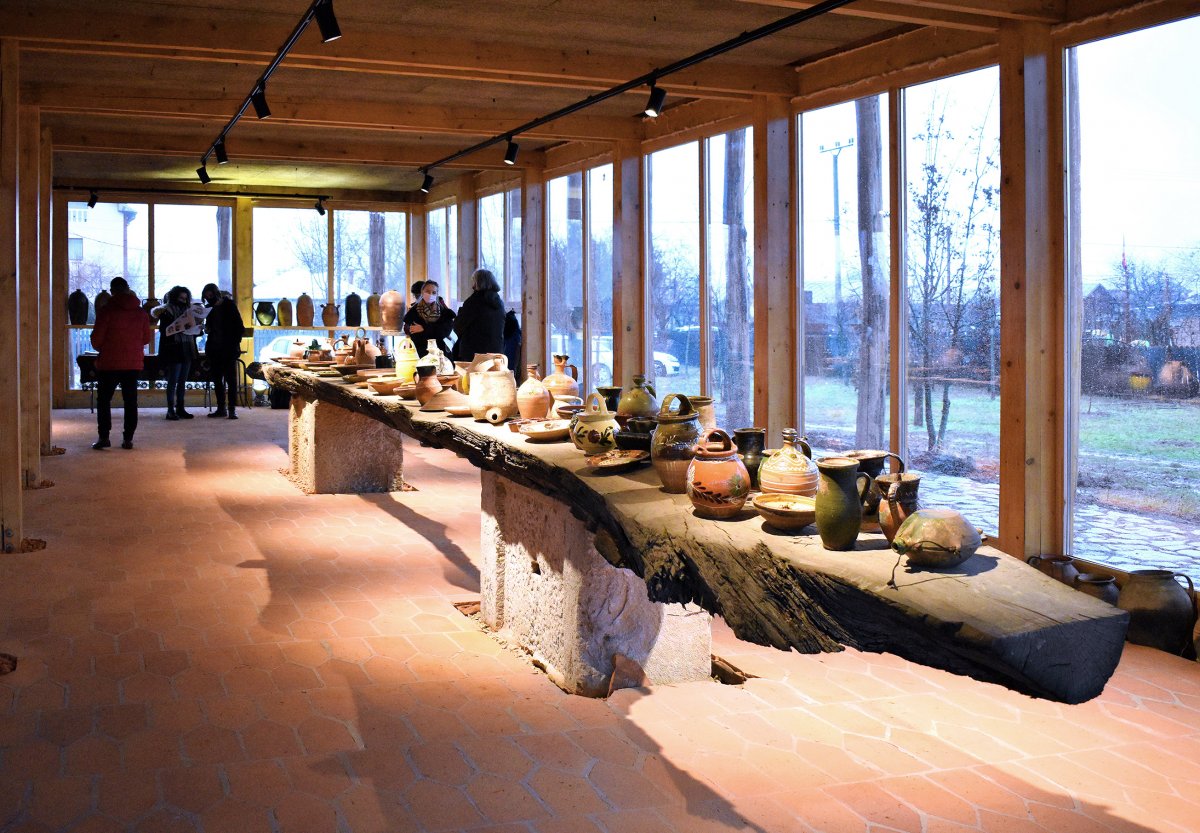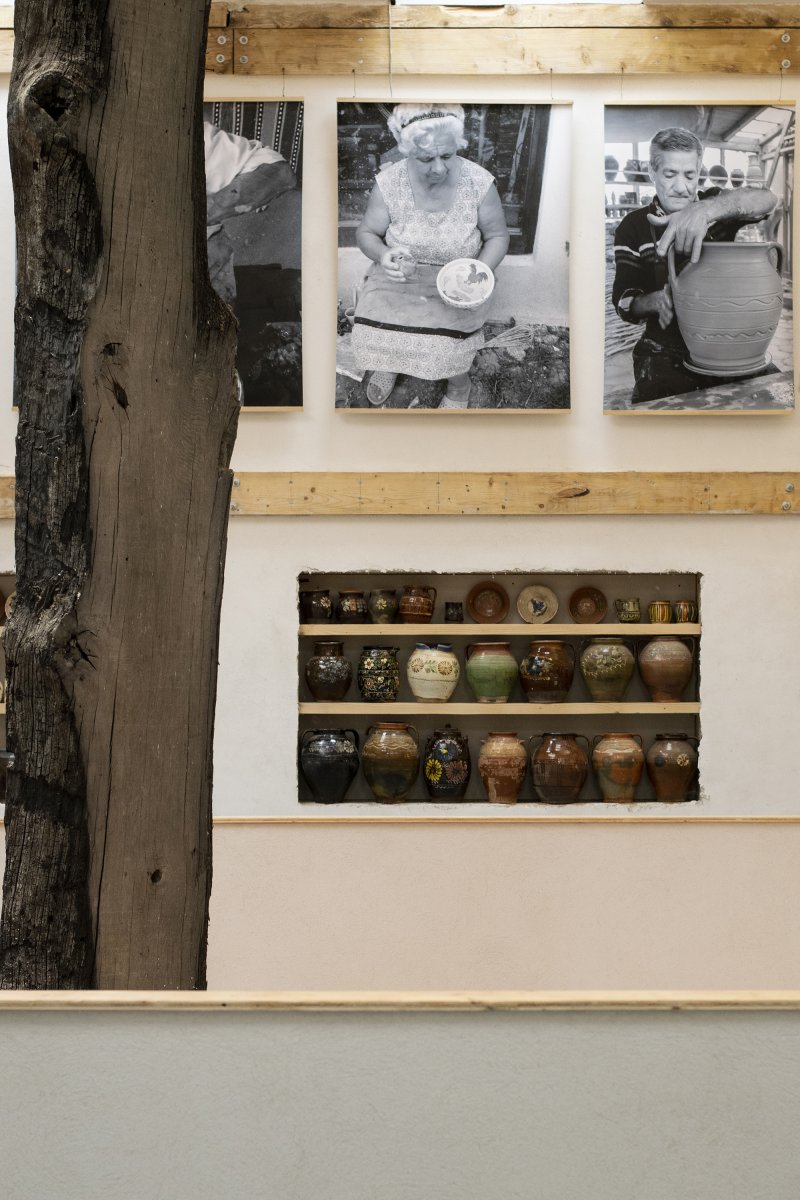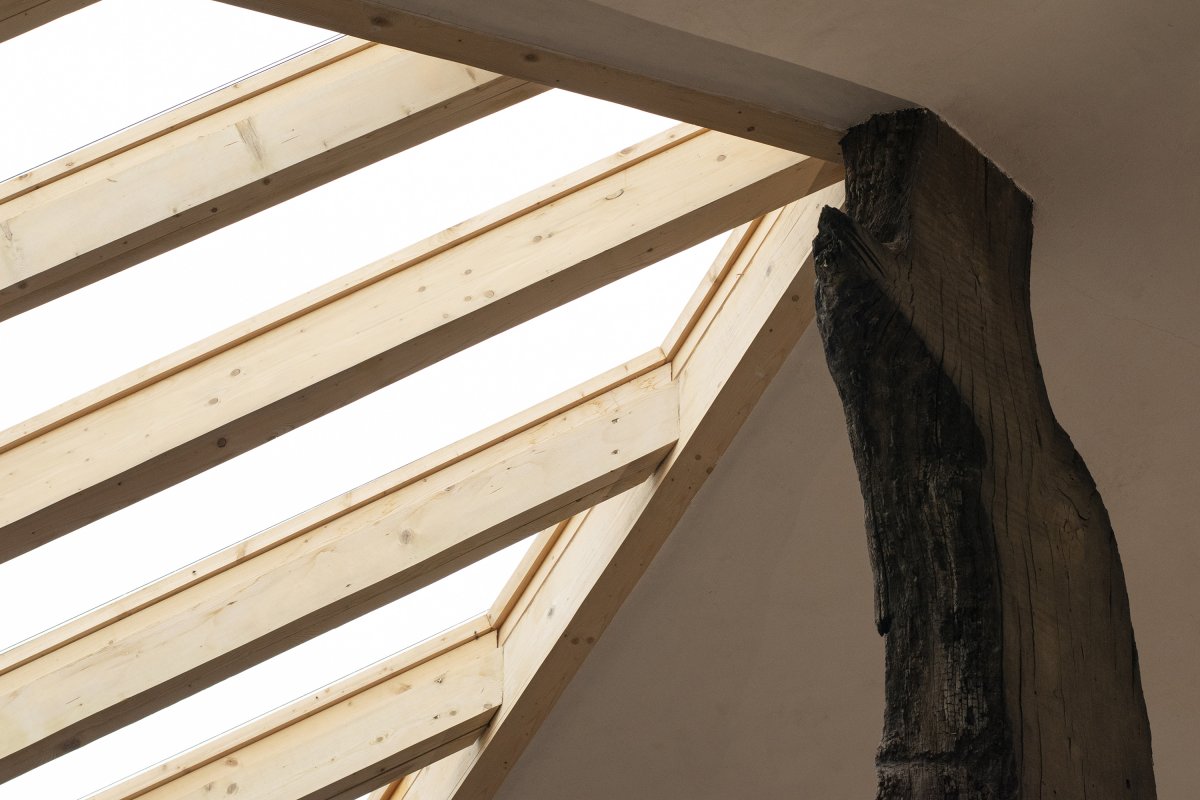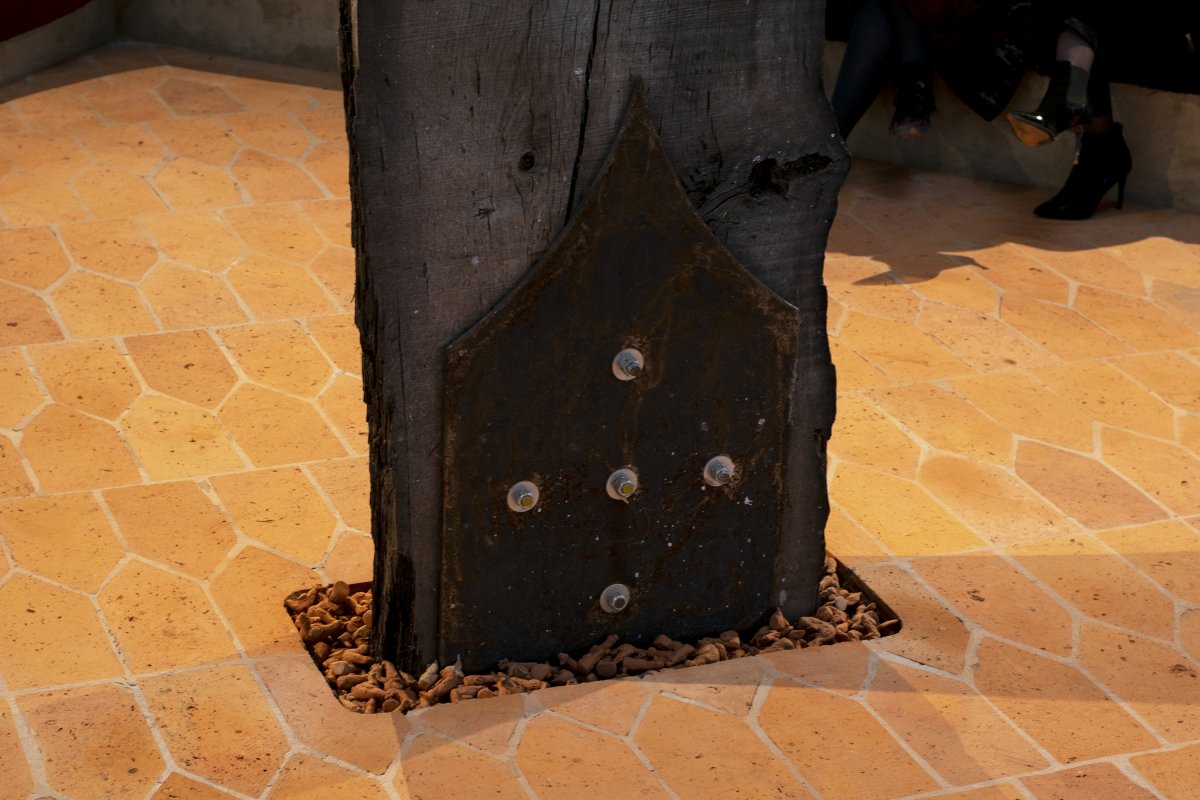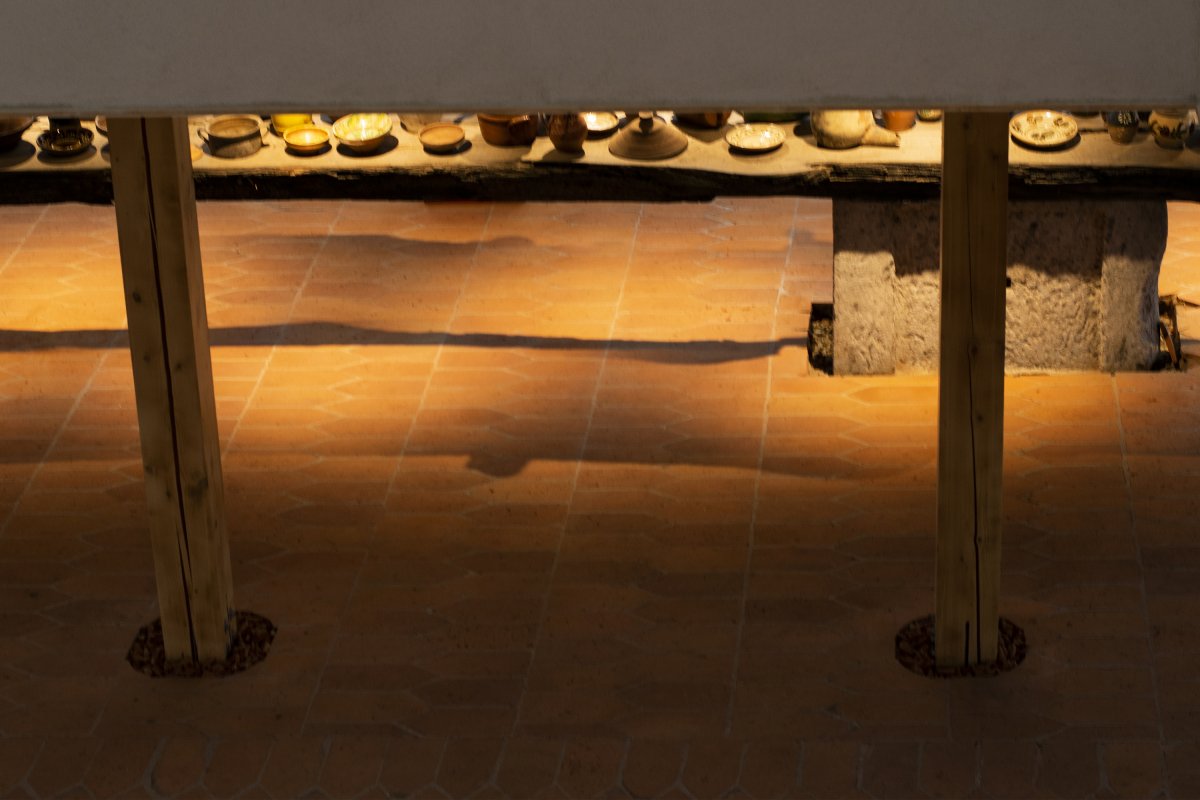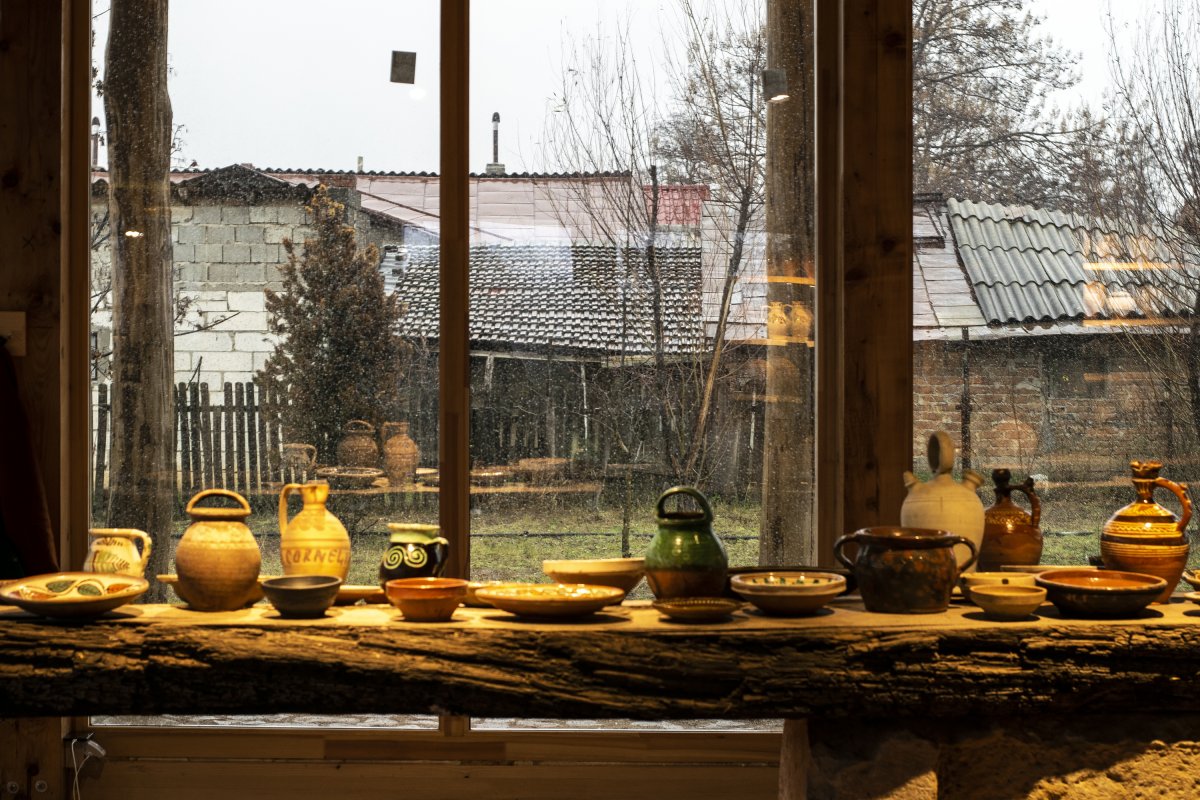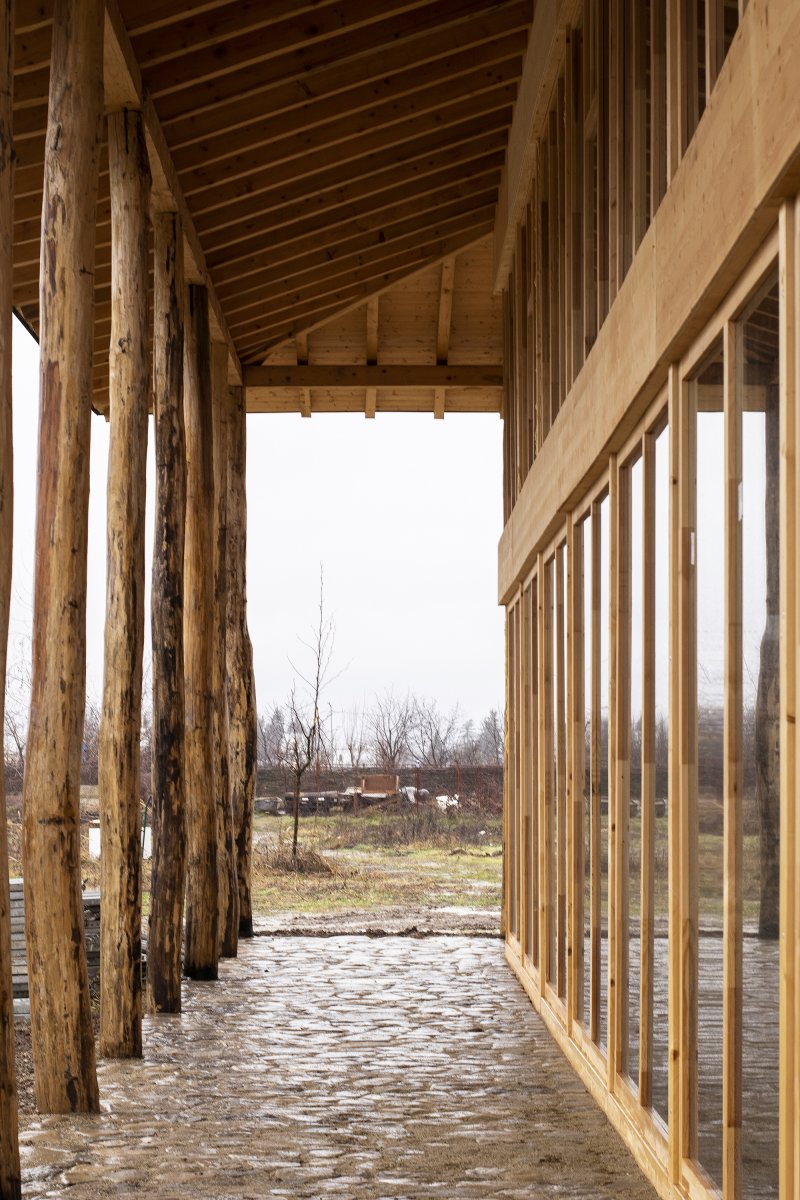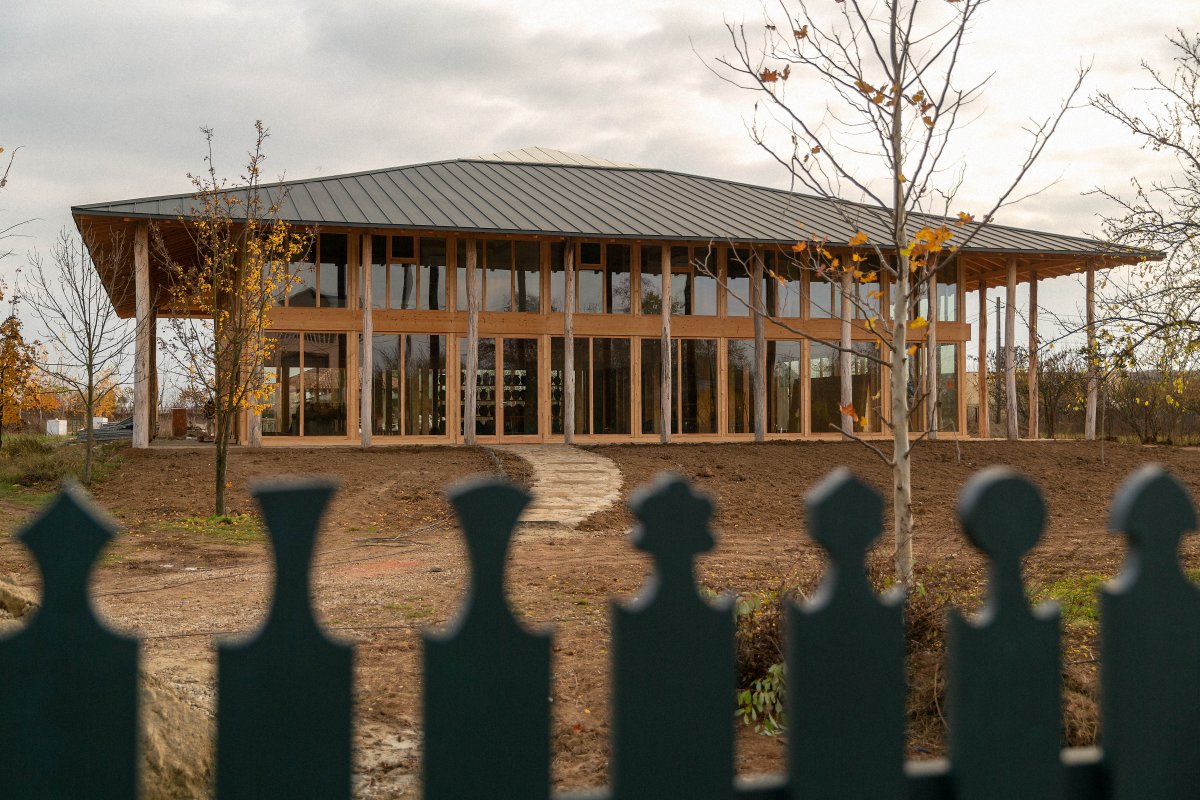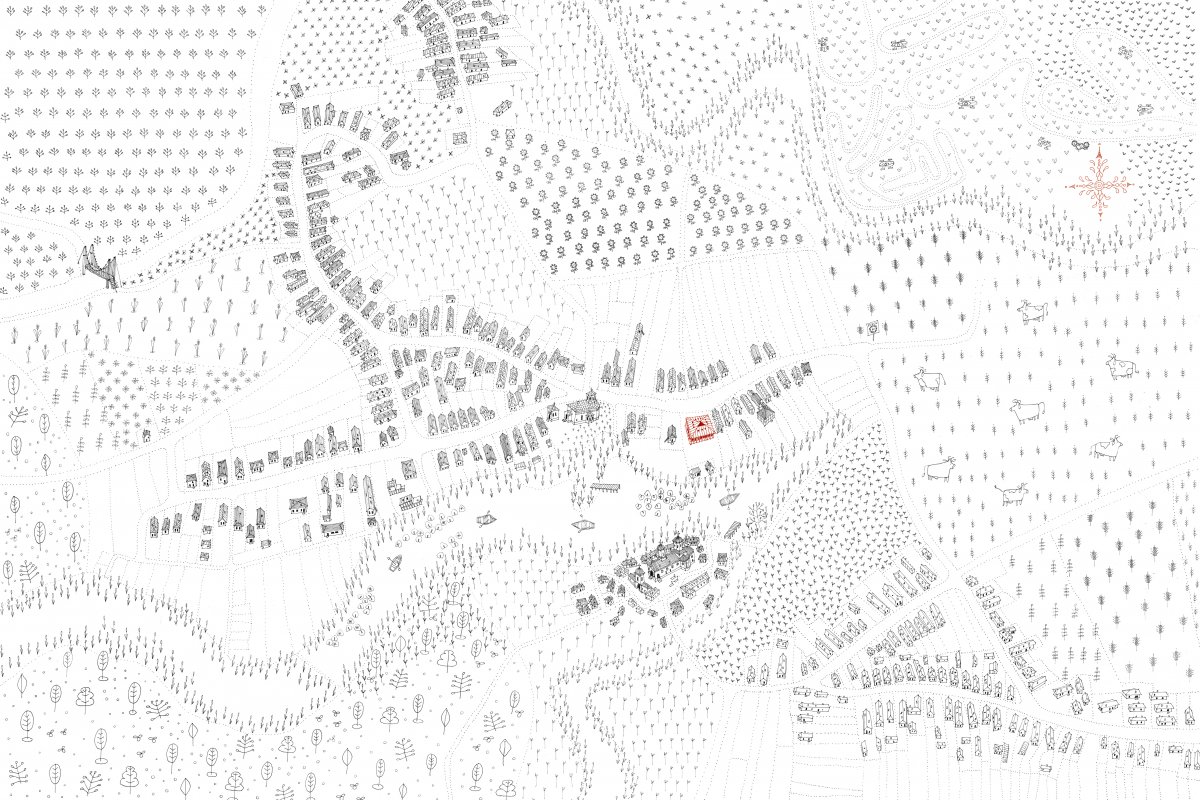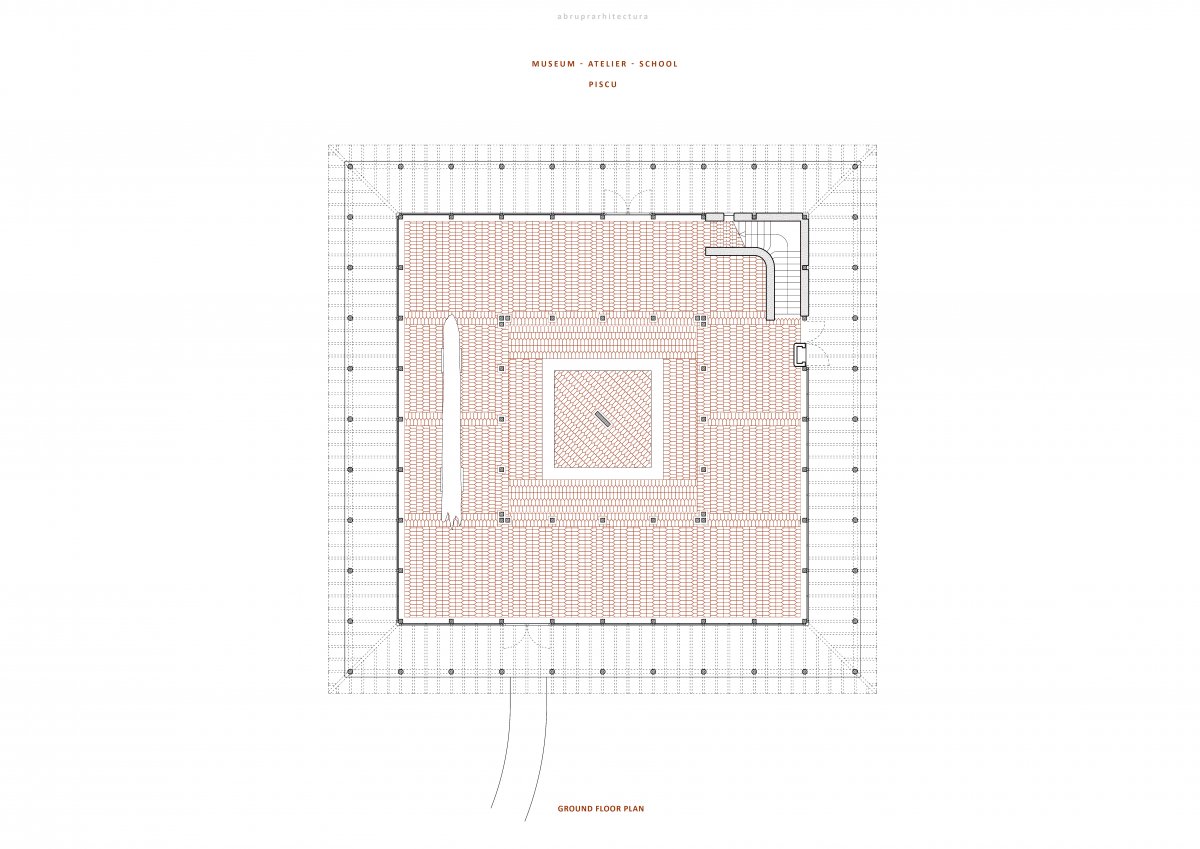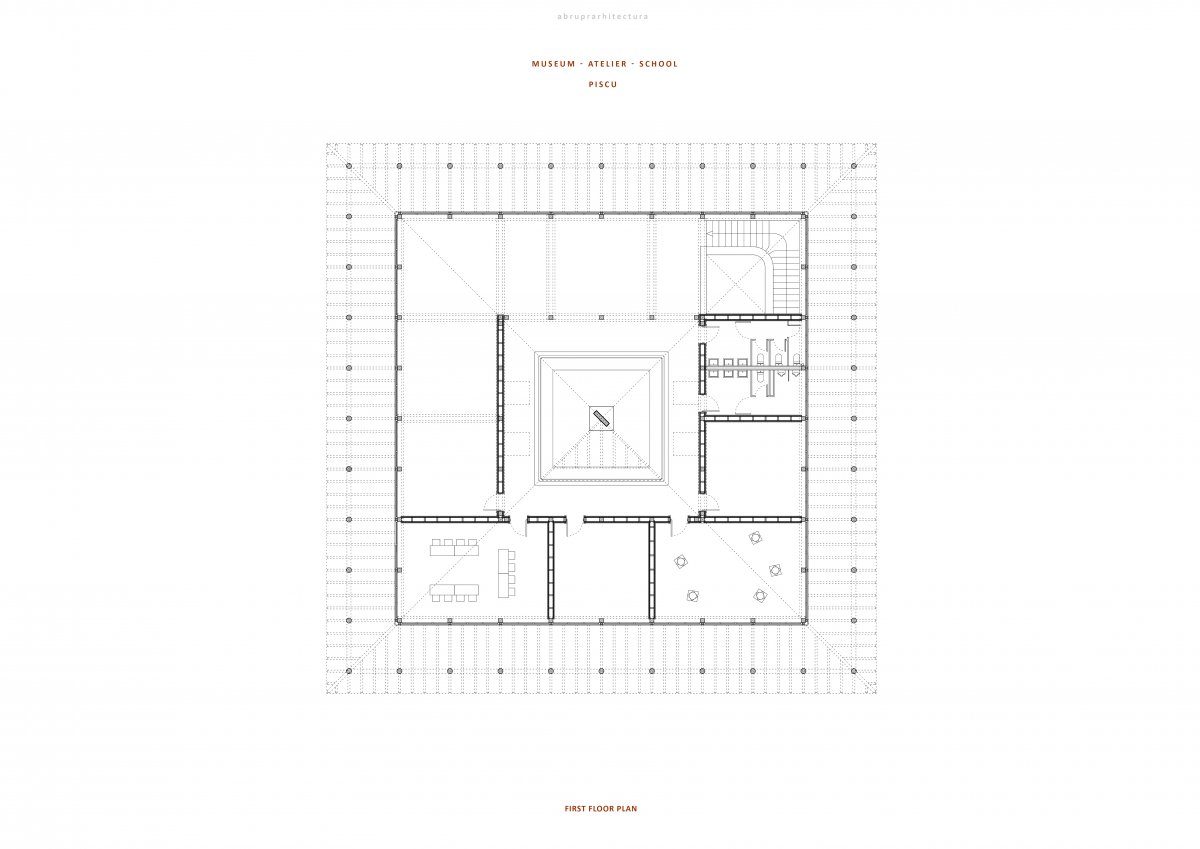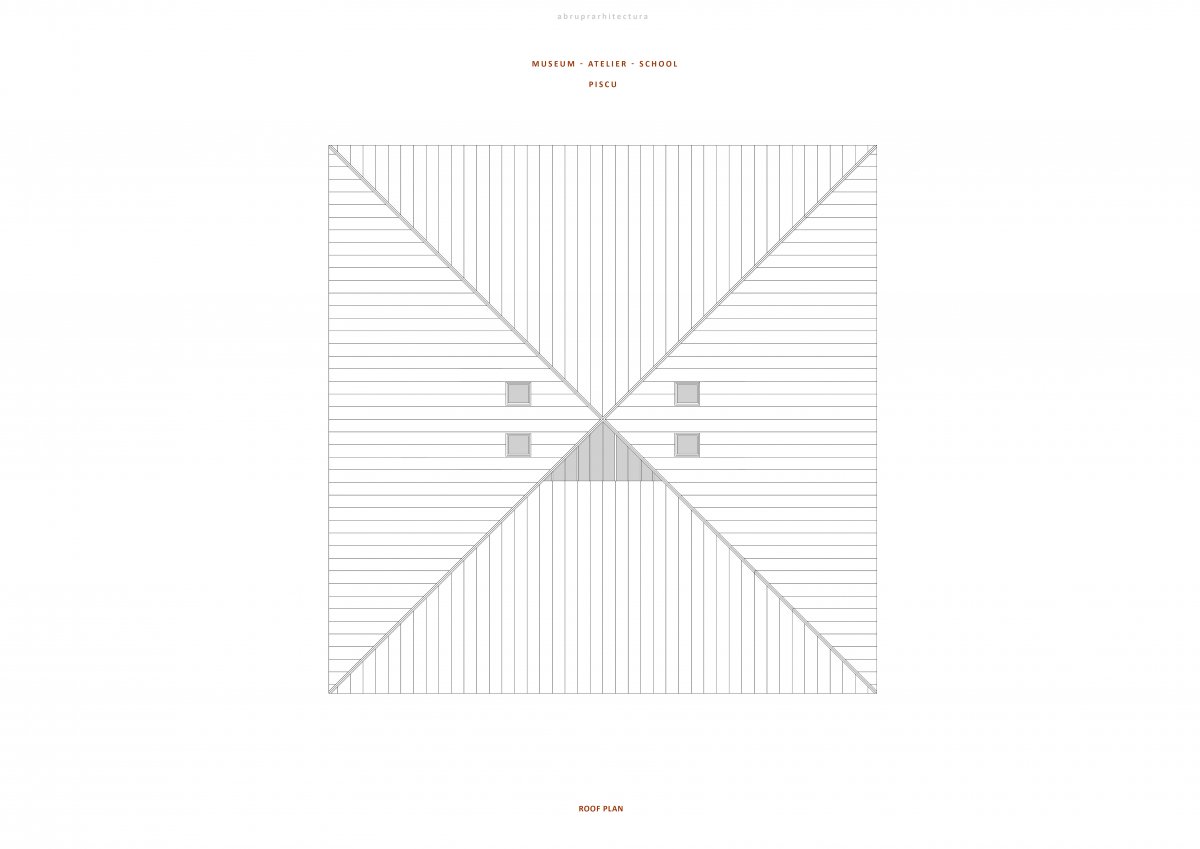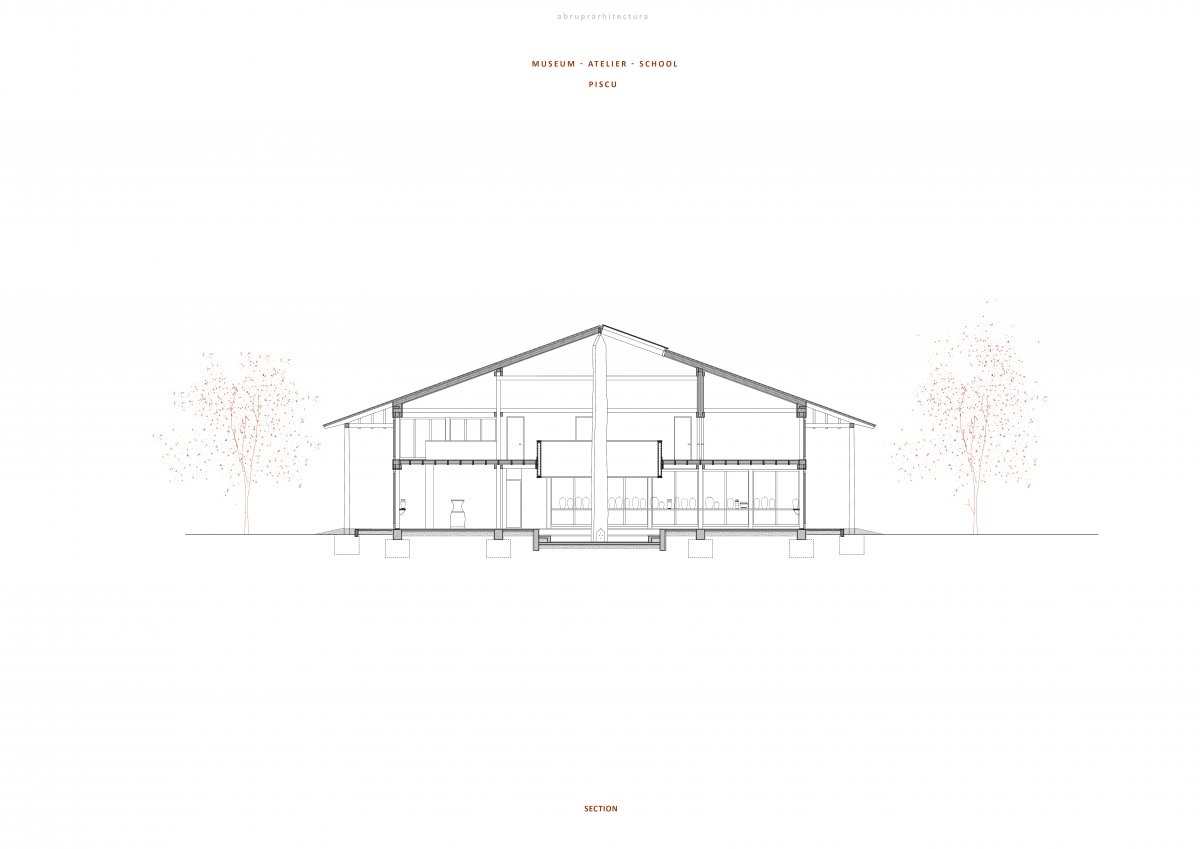Museum-Atelier-School, Piscu, RO
A small village, away from the main road, stretching between a row of ponds and the Ialomița riverbed, immersed in the dusty languor of an undetermined expectancy. A monotonous, gentle landscape well situated in its own banality. At first glance, nothing comes to the forefront, nothing is strongly emphasized, and everything is predictable. The silhouette of the church flanked by fir trees, the old houses with delicate yet abandoned porches, new houses with voluptuous silhouettes, a modernized old school, few village shops with terraces, clients, and refrigerators in the street. Until the mid-1960s, for more than a century, tens, hundreds of pottery kilns were burning continuously, producing Piscu pottery. Domestic pottery used for everyday life, for holidays, feasts, and requiems. And then the progress, the consumer society came over and the Piscu pottery kilns went out and collapsed through the yards. The Piscu Pottery Museum is the place where this history is researched, told, and carried on. Art historian Adriana and sculptor Virgil Scripcariuare the ones who, since settling in the village, discovered the place, found out its story and, by telling it, revealed its face. They made a house, a workshop, a kiln, a school. They merged with the being of this village and rebuilt its clay body - through the collection of pots recovered from the households. In the middle of the village, on a large ground, they wanted to build a place of learning and inspiration, for those here and elsewhere, a house of muses - MUSEUM. This naïve generous thought was at first associated with the enthusiastic efforts of a team of 3rd year architecture students. This is how the museum-school, the school-museum, appeared in its essential, pragmatic and radically archetypal corporality. Cut according to the model of the central space, wrapped in transparent layers, it opens evenly, through high porches to the surroundings. The building intuitively brings together the beginner model - arché - and the craft - tékhnē -, the practical knowledge of making. The museum was built by a small nucleus of three people led by the sculptor Virgil Scripcariu, who were occasionally joined by carpenters, volunteers, students, architects.
